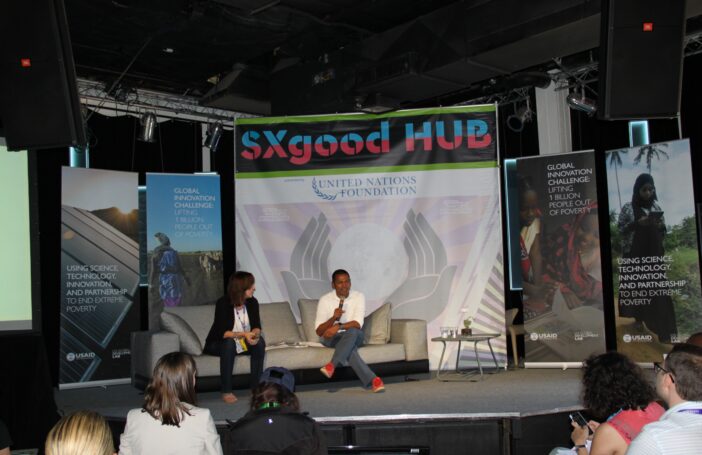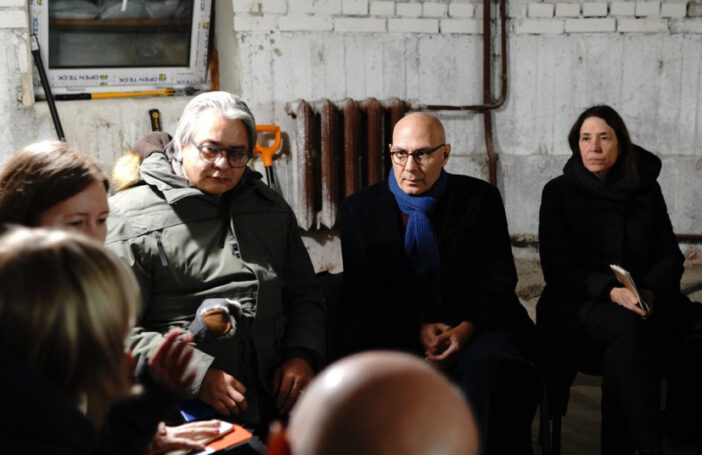Australia will contribute $A30 million over four years to the Global Innovation Fund (GIF), a London-based initiative developed by the US and UK to identify, test and scale up successful new approaches to development.
This contribution, announced at GIF’s launch this week in New York, makes Australia a founding partner in the initiative, along with the US, UK, Sweden and the philanthropic Omidyar Network. Total commitments from these five partners exceed $US200 million.
The announcement has been in the works for some time, with the Foreign Minister mentioning Australia’s intention to support GIF, at that time called Global Development Innovation Ventures, in her speech here at ANU in February, and again when launching the government’s aid policy. As foreshadowed, Australia’s contribution to the fund will be earmarked for the benefit of the Indo-Pacific region.
What wasn’t known until now was the size of the contribution. In part four of his series of reflections on the new aid paradigm, Robin Davies said:
A commensurate and meaningful contribution by Australia might be in the range $20-30 million over four years; an acceptable minimum contribution would likely be $10-20 million.
So, by his reckoning, we are in the upper-meaningful range. It is good to see the government back up its stated commitment to innovation in international development with a financial commitment that is well beyond token.
In his post, Robin supported the concept of the GIF, noting that it appears well constructed and likely to be well governed (actually, we know more about that now too), and that a collective fund like this is likely to have more impact than smaller bilateral challenge funds. Danielle Logue and Mel Dunn also noted it as a positive in their series on innovation in the aid program.
The Foreign Minister pledged $140 million over four years for innovation in the aid program: $30 million down, $110 million to go. Will the rest be at the disposal of the new DFAT Innovation Hub, about which we still know very little? They will certainly need to hold the purse strings for a reasonable proportion of it because, as Robin pointed out, it is never easy to get country programs to do new things with old money.




I was one of the few Australians in the audience in New York at the launch last week. It was pleasing to see Australia, the Foreign Minister and DFAT visible, and positively so.
It seems clear to me that whatever else is done re the Innovation Hub investments, Australia needs to be more visible in global fora. The week prior in DC at the USAID Frontiers in Development two-day event, Australia was noticeably absent yet our content and contribution to the global debate could at worst be equal.
I am enthused Australia is contributing. I am optimistic we will also create a space of leadership through our ‘new aid paradigm’.